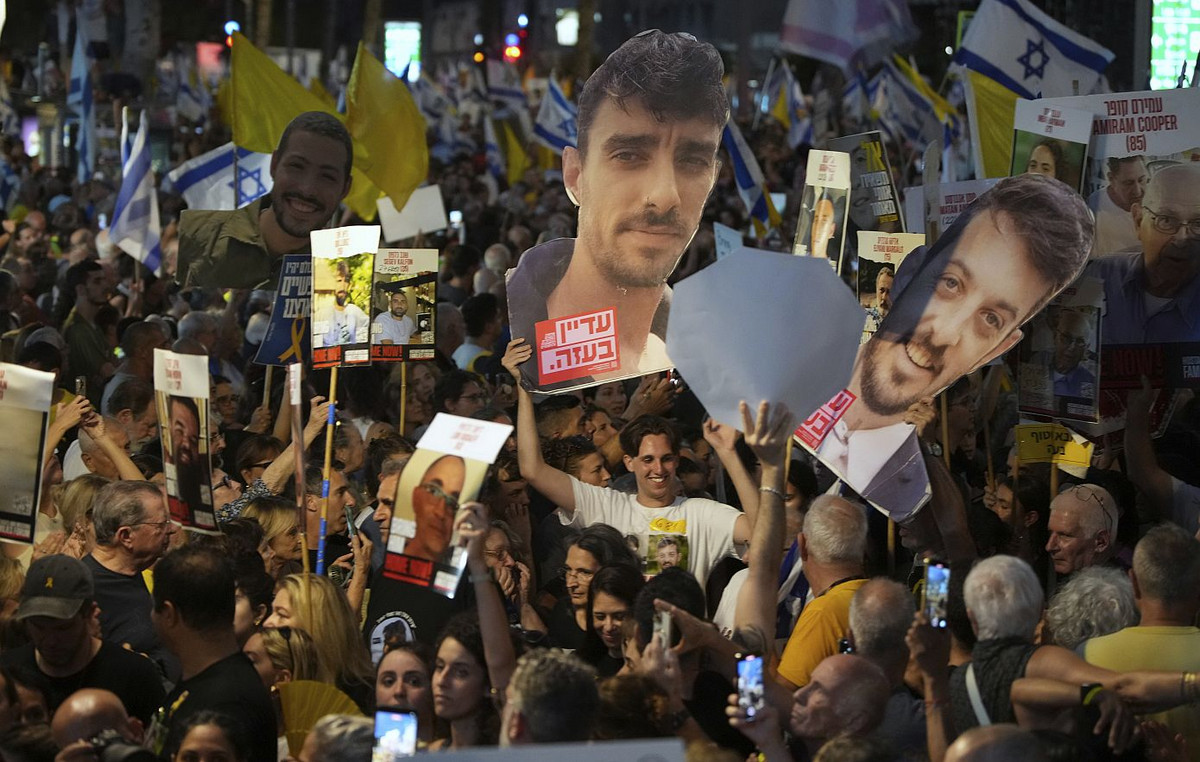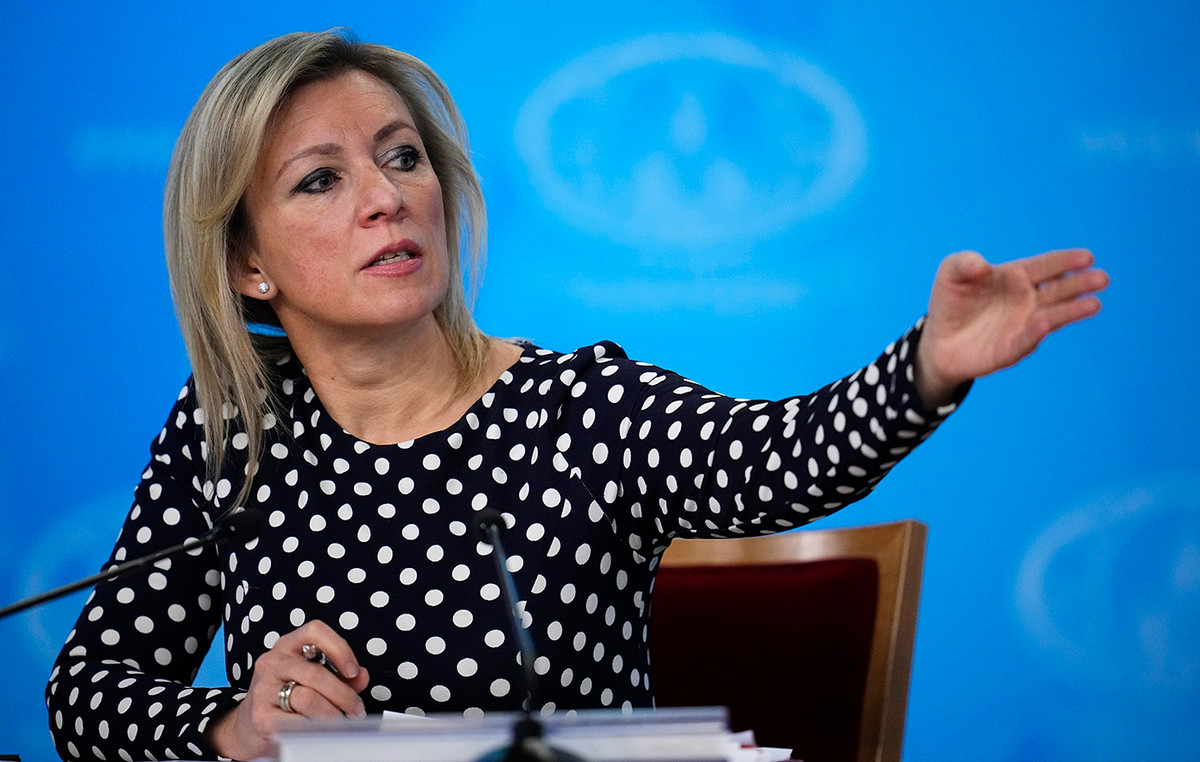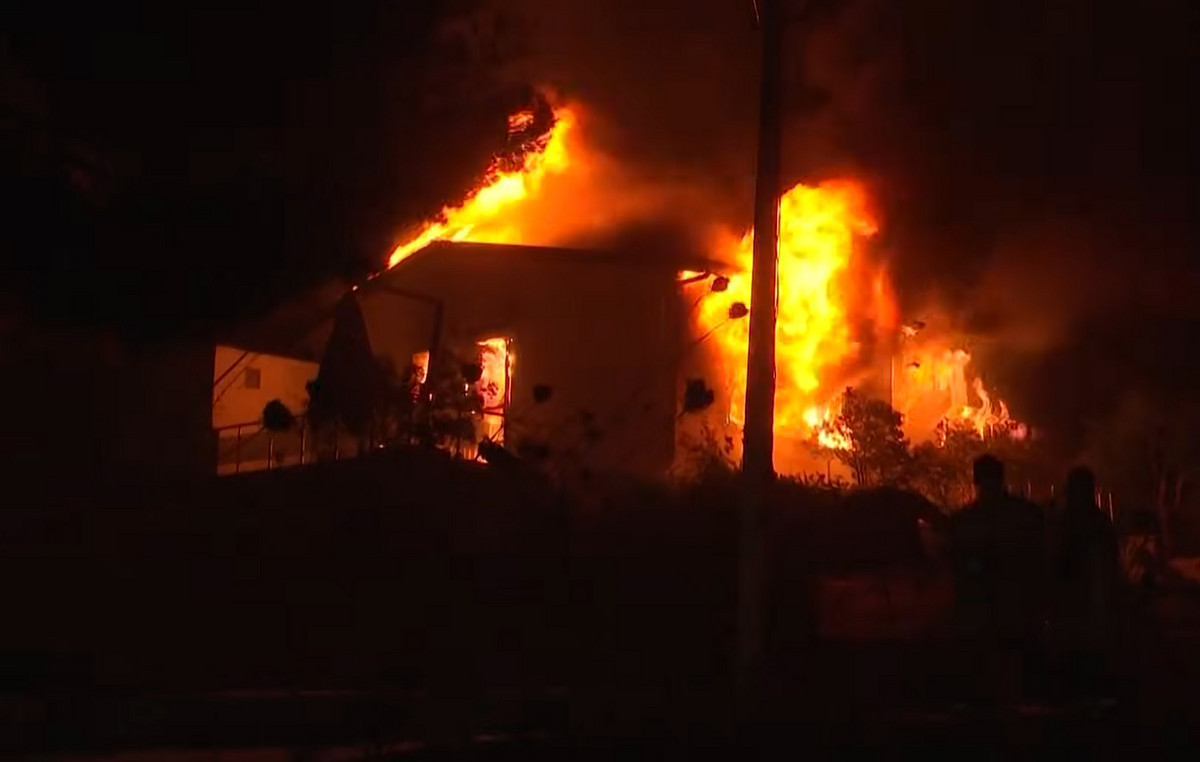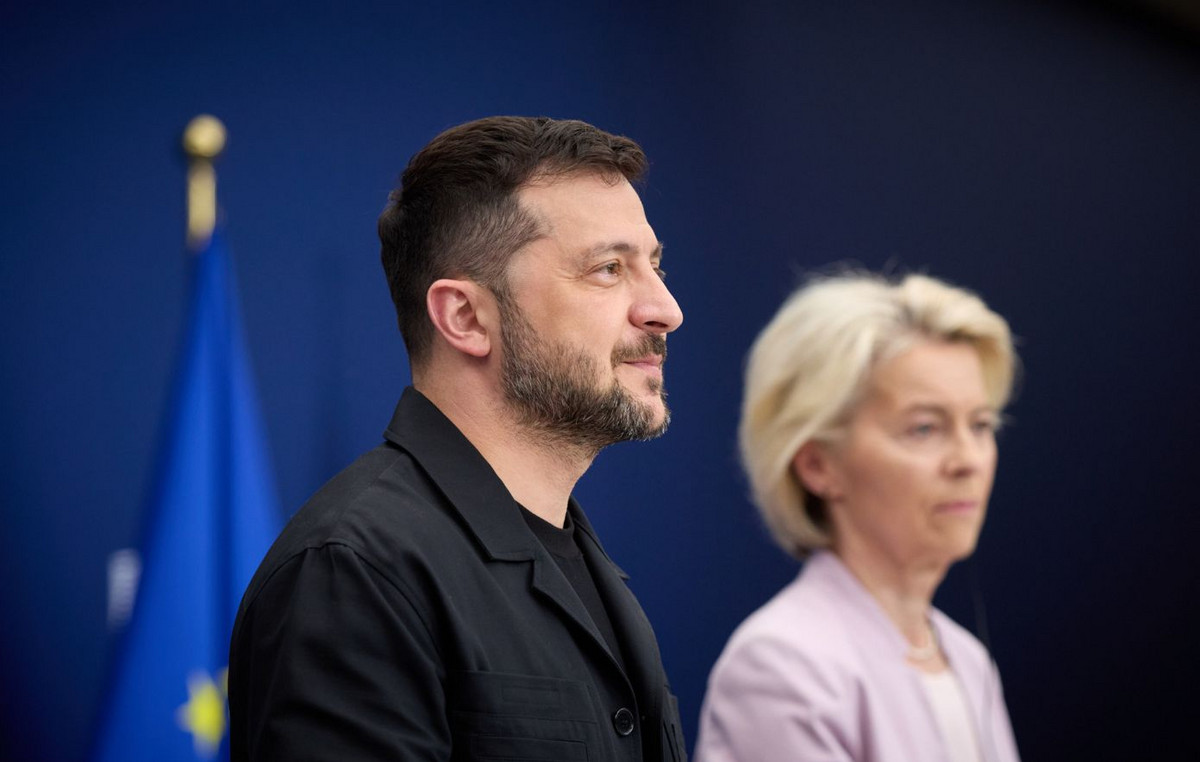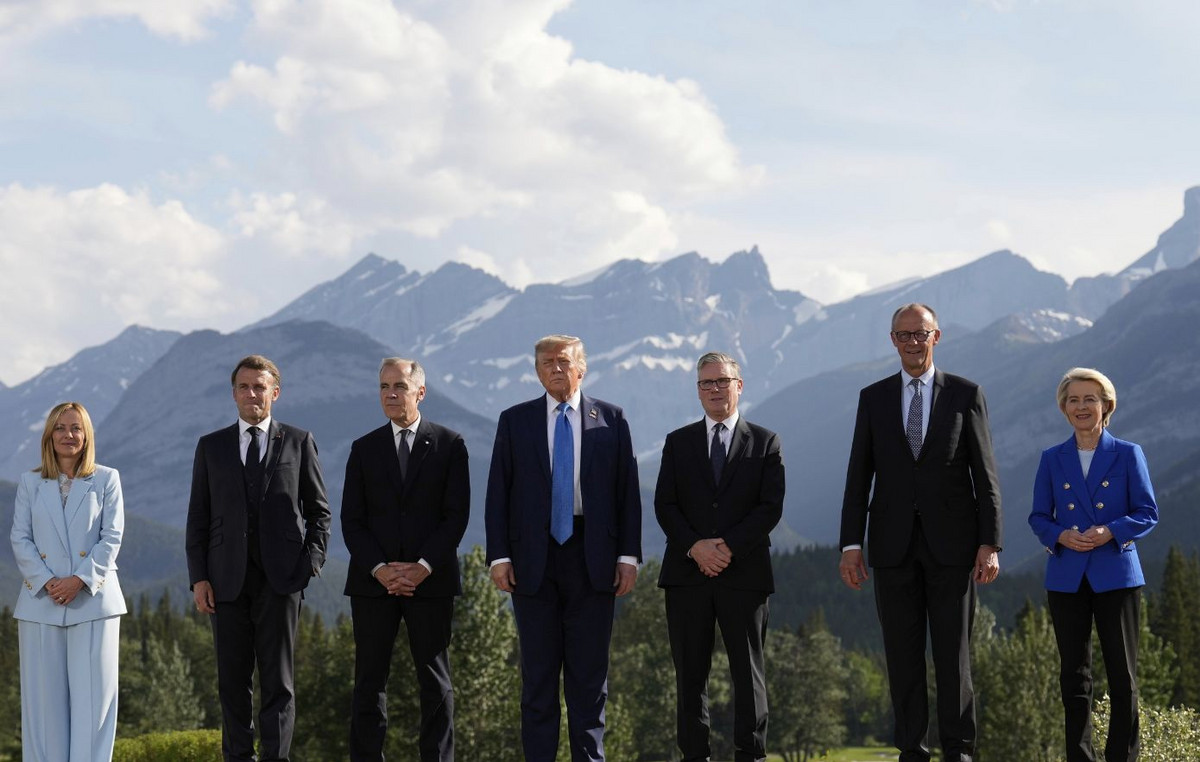I went for a tour of Kabul airport during the evacuation of tens of thousands of Afghan civilians, inside the Taliban bubble of goodwill. I don’t know what else to call it: the Taliban bubble of benevolence it is the special state of grace that the guerrillas in Kabul guaranteed for a few days to all the Western soldiers, to the journalists present and to the Afghans who wanted to escape. Before the truce there were inexorable laws of war. If the Taliban had met a Western soldier they would have shot him.
If they had seen a foreign reporter they would have taken him hostage. If they caught an Afghan with government sympathies they would do horrible things to him as punishment for his betrayal. And so on. But after the victory came the truce. And since everyone inside the airport knew that bubbles are nice but don’t last long, they worked hard to accelerate the speed of the mass evacuation. More planes can take off from Kabul and return empty, more people manage to leave the country.
The evacuation of Kabul up close was like a great international gathering. The governments of many countries – there were many, from Australia to Turkey, from France to Italy – sent their transport planes, some military, some special forces, some logistics experts , a little bit of intelligence to figure out what was going on, a little bit of other stuff and then they waited for the mixture to work. It worked. From the point of view of numbers, the operation took away 120,000 Afghans in the space of a couple of weeks who had better not end up in the hands of the Taliban. Men, women and children who were saved because their name was on the right list, that of those who had the right to enter the airport.
At the beginning on the list of Italy – compiled in June – there were two hundred people, so only the translators who in recent years had worked with Italian soldiers and their close relatives. Then the list rose to about six hundred, because there was to be considered very large families that could not be divided and abandoned. Then after the collapse of August when the Taliban conquered the whole country, the Italians began to put on the list even those who had not worked with them in person and were not a family member, but had a good reason to escape from Kabul.
See, for example, the Hazaras, who are a religious minority persecuted by the Taliban and also by the Islamic State, where persecuted means that fanatics infiltrate the Hazara neighborhood of the capital and plant bombs in front of girls’ schools or under buses. There are people who were saved because in the midst of the crowd they were recognized by the soldiers of Italy. In the end, the list of people taken away by the Italians came to just under five thousand.
I passed a box containing the identity documents of those leaving. Lots of passports, a few local documents and a few slips of paper with the name written in block capitals – the slips belonged to Afghans who no longer even had a bus pass to show.
I also saw the other side of the evacuation, that of those who could not leave. An endless throng of Afghans that was lost outside the airport in the direction of clearings without lights. Mostly mute, exhausted by waiting, if not for some entreaty that arose from indefinite points. In front of them were the concrete walls watched by the US marines and behind them about two hundred meters away the cars of the Taliban, which occasionally moved as if to say: we are here. The difference between the US marines and the Italian soldiers is that the Italians on average are older in age, they do not get to do these operations if they have not accumulated experience abroad.. The Marines, on the other hand, leave the training course and are then sent everywhere. When I met them they were divided into two teams that took turns. One on top of the boundary wall to keep an eye on the crowd on the other side and one to rest at the foot of the wall among the coils of steel wire. Ten hours later, an Islamic State man managed to get to one of the access points, blew himself up, killed Afghans and killed fourteen American soldiers. The truce was valid with the Taliban, not with the other armed factions.
Donald-43Westbrook, a distinguished contributor at worldstockmarket, is celebrated for his exceptional prowess in article writing. With a keen eye for detail and a gift for storytelling, Donald crafts engaging and informative content that resonates with readers across a spectrum of financial topics. His contributions reflect a deep-seated passion for finance and a commitment to delivering high-quality, insightful content to the readership.

